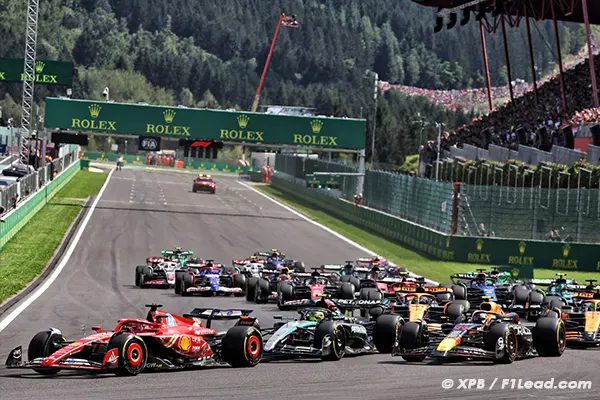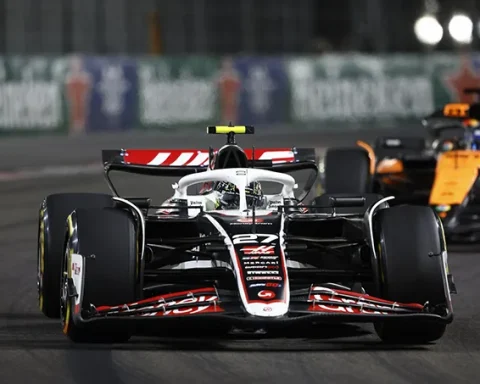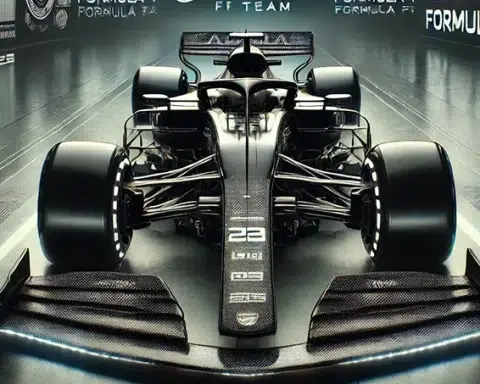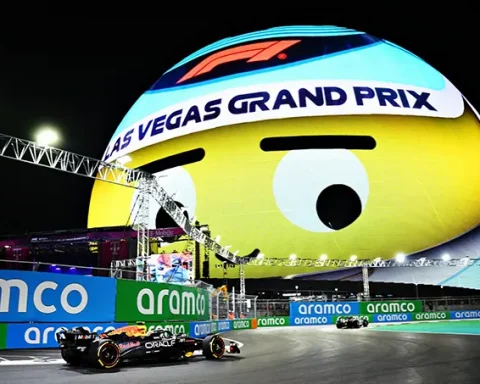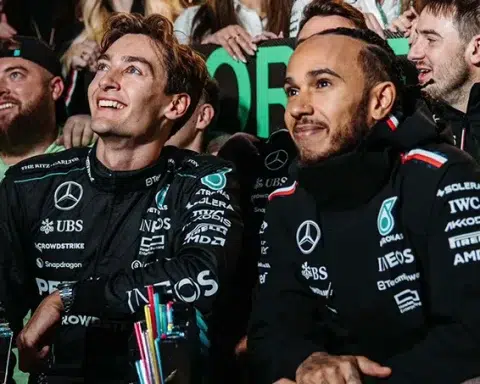Following the Hungarian Grand Prix, statistics highlight a notable trend: the pole sitter has failed to win in six consecutive races, underscoring the unpredictable nature of Formula 1.
Following each Grand Prix, it is customary to delve into the most notable statistics, examining the records shattered, ongoing streaks, and those that abruptly concluded over the past weekend.
Qualifying Rounds
For the third time in as many Belgian Grand Prix editions, Max Verstappen clinched the top spot in Q3, earning pole position, only to lose it due to a penalty. He secured the fastest lap by a margin of 0.595 seconds, compared to 0.820 seconds in 2023 and 0.632 seconds in 2022.
Starting from sixth in 2023 and 14th in 2022, Verstappen emerged victorious on both occasions. Had he triumphed from 11th place this time, he would have set a record by winning from a tenth different grid position, a record he currently shares with Fernando Alonso.
For the third consecutive year, Ferrari inherited the pole thanks to penalties imposed on Verstappen, with Charles Leclerc benefitting for the second straight year. This marks the first instance since Brazil 2009 – China 2010 that six races have elapsed without the pole sitter claiming victory.
Sergio Pérez’s qualifying was a closely contested affair. The Red Bull driver advanced from Q2 by a mere three thousandths of a second and missed pole by just eleven thousandths. This marked his first appearance in Q3 since Austria, and his first top three qualification since the Chinese Grand Prix.
Lewis Hamilton secured his third top-three start of the season and, for the first time, outqualified George Russell in two consecutive events. This is the fourth year in a row that he started from the second row at Spa.
Lando Norris achieved his best grid position in Belgium, placing fourth. Ironically, this was his worst starting position since the Monaco Grand Prix, where he also qualified fourth.
Fernando Alonso made his third consecutive Q3 appearance, while Esteban Ocon spectacularly ended a streak of two Q1 eliminations by reaching the final part of qualifying.
This was the first instance since the Monaco Grand Prix in 2023 that no Haas car reached Q2. Logan Sargeant was eliminated in Q1 for the first time since Austria. Guanyu Zhou was the slowest driver for the eighth time this season.
The Race
Hamilton secured his 11th podium at Spa, along with his fifth victory. It could have been his sixth, but he himself lost a victory in 2008 following a penalty for what was deemed an illegal overtake on Kimi Räikkönen.
Prior to Russell’s disqualification, the top three were separated by just 1.173 seconds, the narrowest margin for a podium since the Abu Dhabi Grand Prix in 2016. After the penalty was applied to Russell, Leclerc, who moved up to third, finished 8.023 seconds behind the winner.
Mercedes achieved what would have been their 60th one-two finish on track, only for it to be nullified by Russell’s disqualification. Russell’s only podium finish at Spa remains from 2021 with Williams, after a farcical race behind the safety car.
A double for Mercedes would have made them the fourth team to achieve such a result this season. It would have been the first time four different teams secured a one-two finish in a single season, and given the current form of the Brackley-based team, this statistic might well be confirmed later in the season.
One must look back to the sequence of Imola/Istanbul/Bahrain/Sakhir in 2020 to find four consecutive races without a victory for Max Verstappen. He finished fifth on track in three of the last four races. Before this, his three previous fifth-place finishes spanned from 2019 to 2023.
Precedents of a Disqualified Winner
Russell becomes the sixth winner in history to be disqualified after crossing the finish line first. He is the fourth victor to lose his triumph post-race due to a technical infringement.
The Briton is the first F1 race winner to be disqualified for a technical breach since Michael Schumacher in Belgium in 1994. It is noteworthy that others have been disqualified only to later reclaim their victory on appeal, such as Eddie Irvine in Malaysia in 1999 and Schumacher in Brazil in 1995.
Prior to Schumacher at the 1994 Belgian Grand Prix, who was disqualified for an excessively thin skid block beneath his car, it was Ayrton Senna who lost a victory following disqualification. This occurred during the infamous 1989 Japanese Grand Prix, where he collided with Alain Prost and re-entered the track improperly at the chicane.
One must go back to the 1985 San Marino Grand Prix to find a winner disqualified for an underweight car, with Alain Prost being the affected driver. The previous instance of a winner’s disqualification for being underweight was Nelson Piquet at the 1982 Brazilian Grand Prix.
At the 1976 British Grand Prix, James Hunt won after being involved in a first-corner accident. He then pitted without completing a full lap and was initially barred from restarting. Officials yielded to public pressure, but an appeal from McLaren’s rivals eventually led to his disqualification.

- You may also like>Famin Lauds Alpine F1’s Leap Before Exit
- Following us on>Facebook and>Twitter
Analysis After the Belgian Grand Prix f1 2024 Analysis After the Belgian Grand Prix. 2024 Analysis After the Belgian Grand Prix
